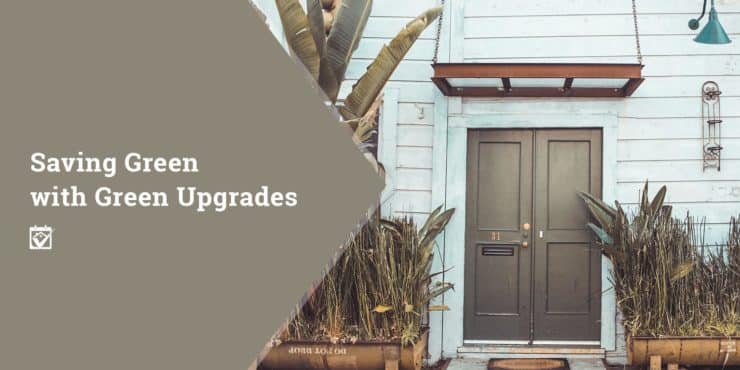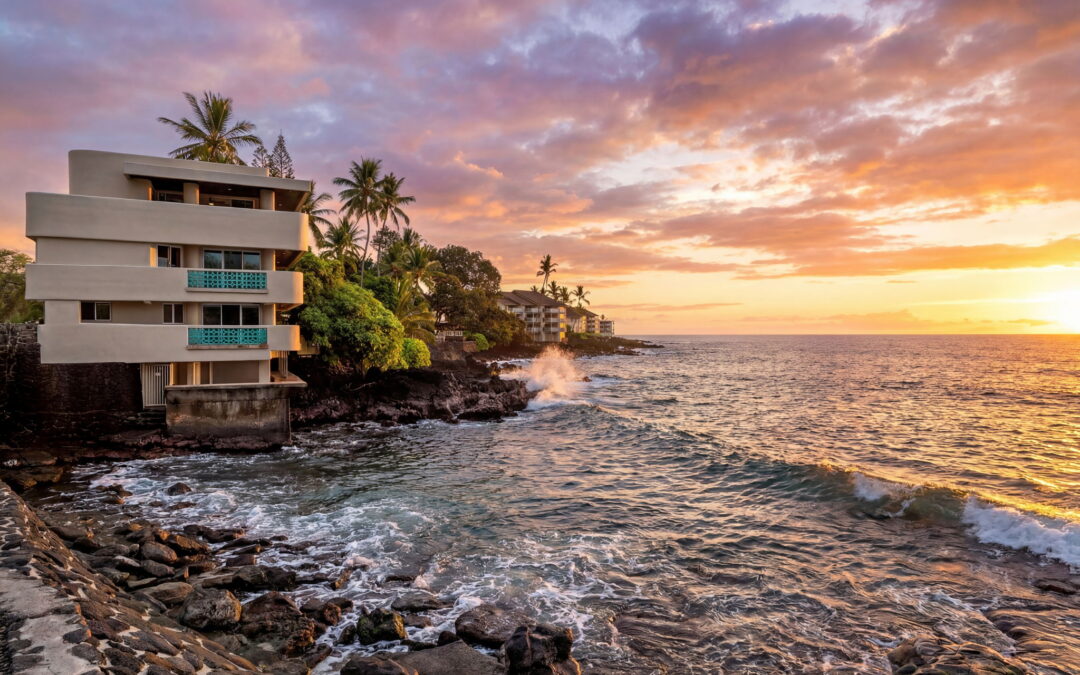The demand for retrofitted green homes is only growing while the green home industry is busy developing new ways to save from every angle.
Start Your Green Home Upgrade Here
Before you can improve your home’s efficiency, you’re going to have to know where your home is underperforming. Is the attic lacking insulation? Are the windows leaking? How many cracks and crevices need to be caulked or otherwise sealed?
It’s not easy to see these things with your naked eye, otherwise, someone else would have already caught them long ago. Instead, an energy auditor will use specialized tools like infrared cameras to find the hidden energy loss you’re trying to correct. Often, you can have an energy audit completed by your utility company at low or no cost, but even if you need to find your own pro, it’s worth the minimal cost.
After all, how can you begin to know what green upgrades are appropriate for your home if you don’t know where the leaks are? The US Department of Energy made a short video that explains what an energy auditor does, it’ll help you know what to expect from your own audit.
Spending Green on Green Upgrades
With energy audit in hand, you get to decide what upgrades, if any, are in your budget today or tomorrow. Some upgrades you’ll be able to tackle on your own with no problem, others will require a home pro to do them right.
Common DIY green upgrades include:
Sealing air leaks. Grab a caulk gun, a can of spray foam and get to it. Your energy auditor identified the areas that are leaking, now you only need to seal them up. Caulk is good for small, consistent gaps no more than about ¼ inch wide, like areas where trim meets the wall. Spray foam is awesome for big holes where cables and wiring go into the living area. Caution: if you’ve never used spray foam before, practice a little bit ahead of time. It can be tricky to gauge just how much is appropriate because of the incredible way it expands.
Installing insulation. When your energy audit says you don’t have enough insulation, you need to get more. It’s really pretty simple. Batt insulation, the type that comes in a bag or on a roll, is the easiest for homeowners to DIY, especially in an attic. You just buy the roll, unroll the roll and secure it. All done! Mind the wires and recessed lighting.
Adding a smart thermostat. Your home is getting smarter, but your thermostat is still a C student. That’s ok, it’s not too late to improve the efficiency of your HVAC system with better climate management. Choose any of a wide range of smart thermostats from manufacturers like Honeywell, EcoBee and Nest, then follow the simple installation instructions. As these thermostats are taught your schedule, they can raise or lower the temp in your home to reduce energy usage when no one is home. They’re also handy for those chilly mornings when you don’t want to get out of bed because it’s cold. Just grab your smartphone and raise the temperature accordingly!
Repairing air ducts. This is a slightly more challenging procedure, depending on where your air ducts are located. If they’re in your crawlspace, the tight turnarounds and feats of acrobatics required to find each duct and check it could make it worthwhile to call a pro for help. Once you reach the duct, though, it’s all pretty straightforward. Check all the joints and connections along each run of duct, tightening screws, taping joints with duct tape (the silver kind, don’t go designer) and replacing any sections that are damaged as you go.
Buying new appliances. There’s really no question that older appliances use a lot more energy and water than newer ones — especially when the older appliance is not an Energy Star rated unit. From refrigerators to washers and dryers, each and every appliance in your home contributes to your overall energy usage.
Swapping out light bulbs. Keep in mind that LEDs are rated for a 25,000 hour lifetime, where old fashioned incandescents are only expected to live for about 1,000 hours.
Upgrading Your HVAC System. Upgrading your HVAC can cut your utility costs sharply, even if you go with one of the less expensive options with SEER ratings near the minimum required by law (that’s anywhere from 12 to 15 SEER depending on your location and configuration). If you can afford a higher SEER rating, go for it.
Swapping Out Older Windows. Sure, they’re still transparent and let in light and air, but your windows could probably be doing more. Newer windows are loaded with treatments and special characteristics that allow you to control how much heat and cold transfers from outside. When choosing windows, these are the most important items to consider:
Chilling Your Roofing Out. Your roof contributes a huge amount of heat gain to your home, in both summer and winter. In the winter, you’re probably not too worried about it, but in the summer your roofing material can easily reach 150 degrees Fahrenheit. Your attic absorbs that heat, and ultimately, your air conditioner runs a lot harder than it should have to. Cool roofing absorbs less of the sun’s heat, keeping your attic and your home cooler. These roofs take many forms, with common types including metal roofing coated with white paint containing special reflective pigments and roofs with heat-absorbing layers sandwiched against the decking. Choosing a cool roof over a standard roof install raises the price minimally, it’s an easy decision if you already need a new roof.
Looking for Green Pros?
There are all sorts of home pros that can help you make your home a little — or a lot — greener. HVAC experts, window installers, insulation pros, roofers and so many more. Just let us know how we can help you and we’ll find the perfect pro for your project!







